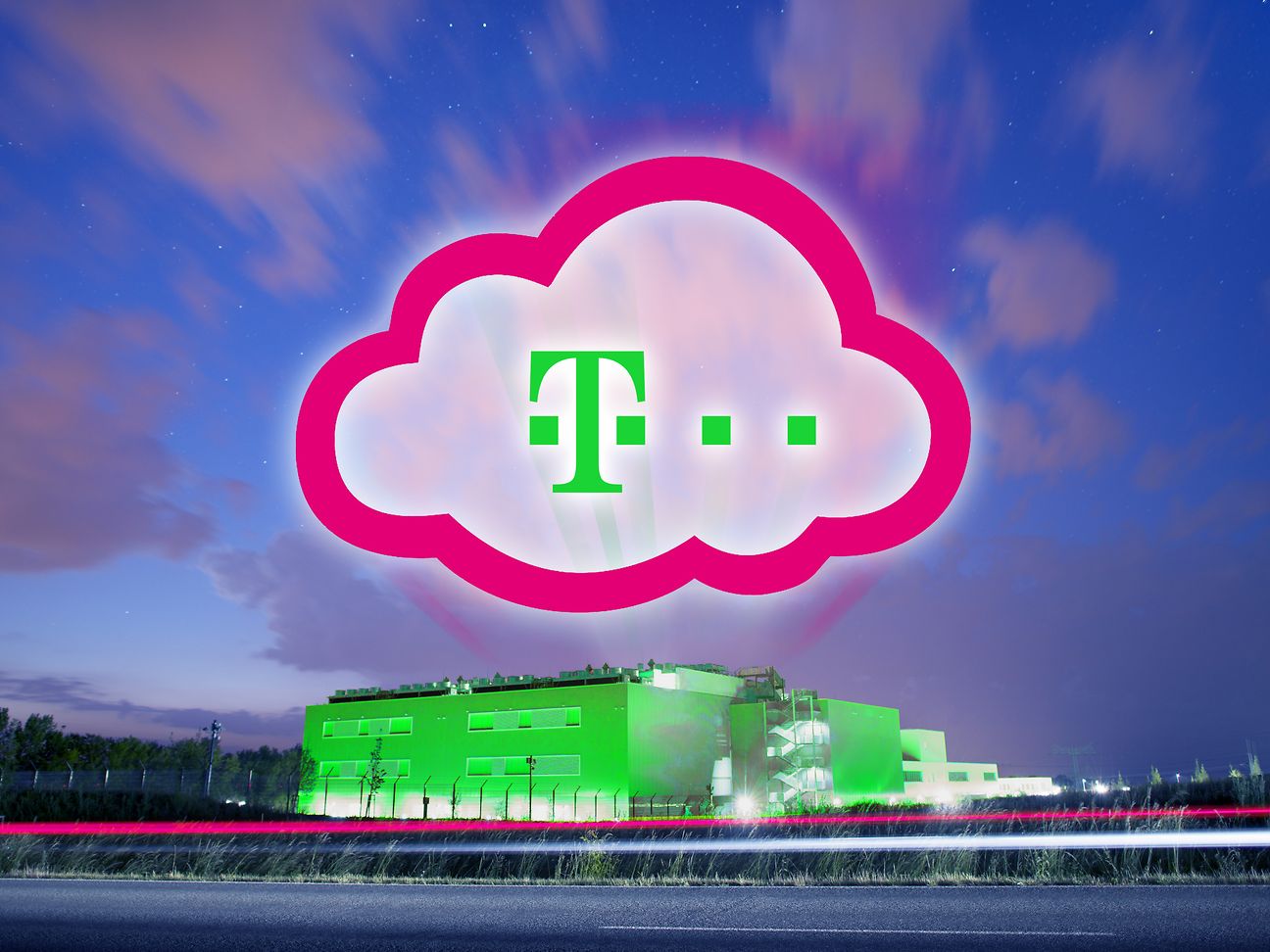

Making the cloud greener - T-Systems develops project for greater sustainability at Biere data center
- Less CO2 consumption, more efficiency
- Research project with Fraunhofer IFF
The cloud is to become greener. To this end,
Data centers are the heart of digitization. They form the core of the cloud. This means that the computing capacities, applications and storage that users can access at any time via their network come from large data centers. One of the most modern in Europe is the Telekom data center in Biere. Opened in 2014 and expanded in 2018, it already has a very good energy efficiency value of 1.3 PUE (Power Usage Effectiveness). That is 30 percent less than conventional data centers. However, with increasing digitization, the power consumption of data centers will foreseeably rise. That's why
"Data centers concentrate high energy requirements at a few locations," explained Johannes Krafczyk, responsible for Datacenter Innovations at T Systems. "The impact of CO2 reduction measures and technologies is therefore potentially very high." The ambitious goal is "net-zero energy data center." This refers to a data center that, under optimal conditions, no longer draws any energy from the public power grid and is powered solely by CO2-neutral energy.
Almost 100 measures to reduce energy consumption
In a first step, the project team analyzed the possible applications of a total of 98 technologies and individual measures to reduce the CO2 footprint of Biere and its twin data center in Magdeburg. These include photovoltaics and wind power, of course, but also better cooling technology, heat recovery and more efficient computers. The result in a nutshell: Despite the already very good PUE value, a higher degree of self-sufficiency of up to 50 percent is theoretically possible, as well as a saving of up to 20,000 tons of CO2 per year.
In the second step, the Fraunhofer Institute for Factory Operation and Automation's (IFF) analyses will now be put to practical test. "We are currently examining the feasibility and economic viability of specific measures, such as the use of waste heat," explained Dirk Kabelitz, director of the Datacenter Campus Biere. "Likewise, we are investigating self-supply from sustainable energy sources." Telekom's suppliers and partners are also called upon to contribute more efficient technologies. A pilot project with water-cooled racks is already underway at the Magdeburg data center. One of the aims is to compare energy efficiency with conventional air cooling.
Telekom's sustainability strategy
The project in Biere is part of Telekom's sustainability strategy. The company has set itself the goal to be climate-neutral by 2040 at the latest. An important milestone has already been reached: Since the beginning of 2021, the company has been obtaining its electricity throughout the group exclusively from renewable energies. Telekom has been actively committed to climate protection since the 1990s. With its current, concrete climate protection goals, the company is expanding its commitment even further. More information here.
More information about the project in this video.
About Deutsche Telekom: Deutsche Telekom at a glance
About
